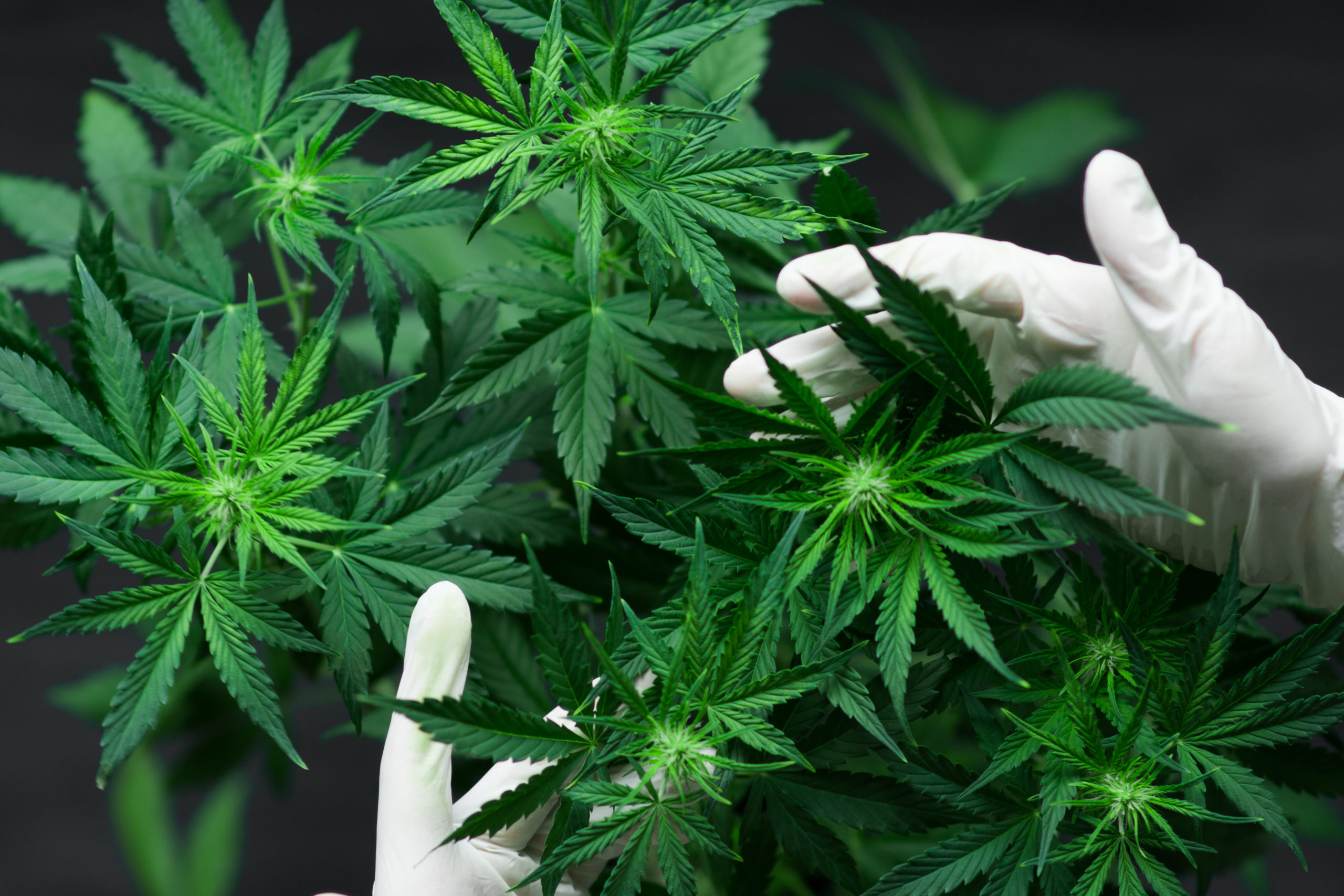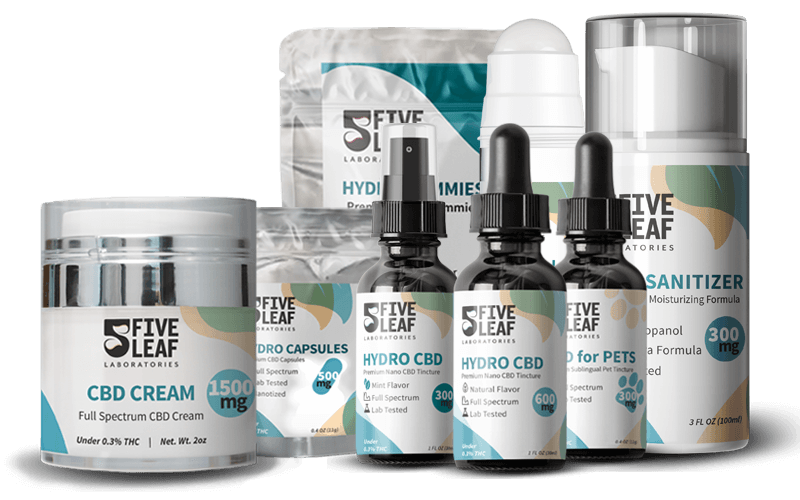
Leaf Labs Sanford, ME Dispensary Leafly
Through the use of forward and reverse genetics we have identified key components of this network including transcription factors, post-transcriptional silencing (RNAi) genes and genes encoding ribosomal proteins. Our research is continuing to investigate the function of ribosomal protein and RNAi genes in plant development.

Leaf Labs Gelato OG Leafly
Identify tissues and structures within a variety of leaves. Identify whether a leaf is mesophytic, xerophytic, or hydrophytic based on leaf anatomy. Predict the drought tolerance of a leaf using anatomical and morphological features. Use the process of science to ask and answer scientific questions. Collect, analyze, and interpret data.

Green Leaf Labs Offering Testing for Hop Latent Viroid Greenhouse Product News
Living labs offer the benefits of being set up in real-world situations, where plant performance is monitored in its local environment and emergent data are interpreted by experts. Identify potential participants. Adopt robust protocols to guide site preparation, planting and maintenance activities. Engage collaborators and secure sites.

Science Stuff Leaf Pigment Chromatography Nifty science, Life science, Paper chromatography
Ensure that you have a number of plant tissue leaves or a minimum of 10 grams of oven dry plant tissue material per sample in each paper bag. A large handful of threshed grain/seeds in a ziplock bag is sufficient.

Plant Home by leaf labs der Blumentopf für Pflanzen in Hydrokultur
Don't Miss The Last Sale Of The Year. Get 15% Off Everything. Use Code NEWYEAR2020! Now. Grow Your Own Food With Urban Plant Growers, Australia's #1 Smart Garden Seller. Shop Now!

Plant Homes by leaf labs
Leaf Labs Share Warum Pflanzen in Wasser statt Erde halten? Viele Pflanzen brauchen keine Erde, um zu gedeihen. Alles was deine grünen Lieblinge brauchen, bekommen sie in unserem Plant Home: Wasser, Licht und Sauerstoff. Mit Hydrokultur schafft es jeder wunderschöne Pflanzen aufzuziehen und zu halten. Das leaf labs Versprechen

Seeds of bountiful harvests grow in lab ShareAmerica
All you need is a fresh leaf specimen (use one without many holes or blemishes), a plain glass microscope slide slide coverslip, sharp knife, and water. Before you begin, make sure the leaf is clean and dry. Lay it out flat on your working surface and slice about a 1" section crosswise out of the center using the knife.

Autumn Leaves Art, Fall Foliage, Leaf Images, Hd Images, Planner Doodles, Simple Leaf, Vascular
The purpose of this laboratory is to: Demonstrate how photosynthetic rates in different plants can change in response to factors such as light intensity, light quality, CO 2 concentration, and temperature. Simulate measurements of CO 2 assimilation rates in leaves.

CBD Hemp Oils Organic, PesticideFree Five Leaf Labs
Background Leaf cellular architecture plays an important role in setting limits for carbon assimilation and, thus, photosynthetic performance. However, the low density, fine structure, and sensitivity to desiccation of plant tissue has presented challenges to its quantification. Classical methods of tissue fixation and embedding prior to 2D microscopy of sections is both laborious and.

Home Leaf Shave Eco Life, Cabins In The Woods, Clothes Hanger, Shaving, Make It Simple, Health
The leaf is much more digestible than the stem. Leaf parts have 60 to 75 per cent digestible dry matter (DDM %) while stems have been analysed as 50 to 55 DDM %. Animal intake declines as leaf availability declines. Stock selectively graze the leaf parts, with cattle observed to consume 80 per cent and sheep 60 per cent more leaf material than.

About 5 Leaf Lab
Plant Stomata Lab Developed by: Surinder Kaur, Science Leadership Academy Introduction and Background: The epidermis of a leaf has microscopic openings, which are the "pores" of the plant's skin on the undersides of leaves called stomata (sing. stoma or stomate).

Leaf stock image. Image of home, leaf, plant, green 100489435
Lablab is a short-day plant. It requires high temperatures to grow well (18-30°C). Minimum temperature for growth is 3°C. Its frost tolerance is low; light frosts damage the leaves but do not kill the plants. It prefers rainfall at 750-2500 mm/year. Once established (2-3 months after sowing), lablab is drought-tolerant.

Free Images tree, nature, leaf, flower, food, produce, garden, shrub, green leaves, flowering
Do you know how plants get the energy they need to grow and reproduce? They do not eat like humans and animals do; they make their own food with a process called photosynthesis. During photosynthesis, plants convert light, water, and carbon dioxide from the air into oxygen and sugars.

Plant Labs Could Adapt for Human Testing during Pandemics
Browse Labs & Activities: 2012 CIBT Alumni Workshop (19) Animals (18) Ecology (25) Elementary School (12) Evolution (10) Forensics (3) Genetics (7) High School (49) Human Health (11) Inquiry/Scientific Method (30) Insects (7) Microbiology (12) Middle School (32) Molecular Biology (12) Physical Sciences (10) Physiology (10) Plants (19)

5 Leaf Labs CBD Hemp Flower Lifter 3.5 grams — The Leaf
In order to interpret the effects of colored light filters, students will need to be familiar with the absorption spectrum of chlorophyll (and other plant pigments). 2.2: Photosynthesis Teacher's Preparation Notes is shared under a CC BY-NC license and was authored, remixed, and/or curated by LibreTexts. In Part 1, students will learn how to.

Leaf Labs Maple Telescope GoTo / Astronomy Computer YouTube
736 Followers, 41 Following, 100 Posts - See Instagram photos and videos from Plant Home by leaf labs (@leaflabs.shop)